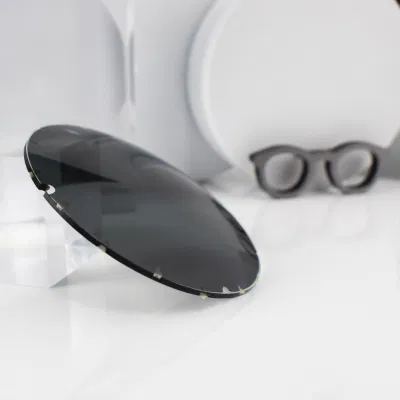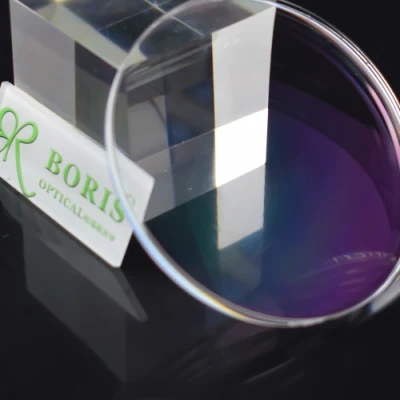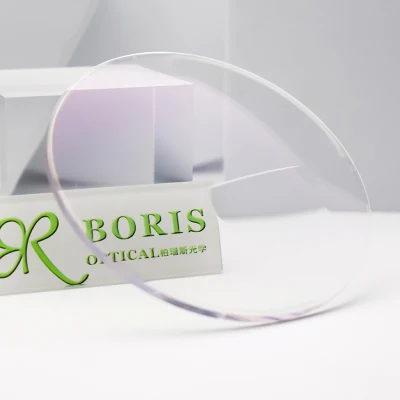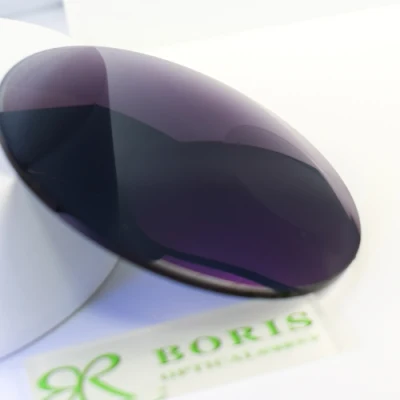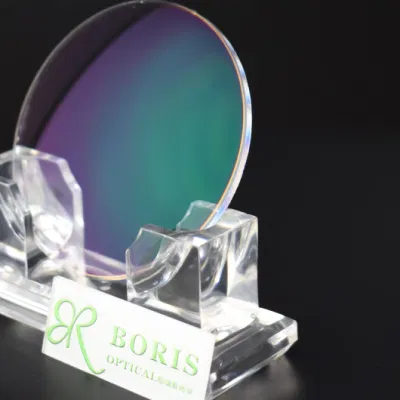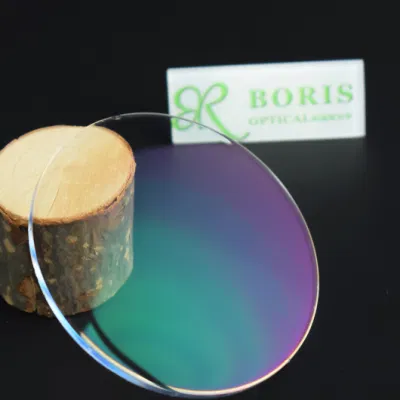Basic Info.
Packaging & Delivery
Product Description
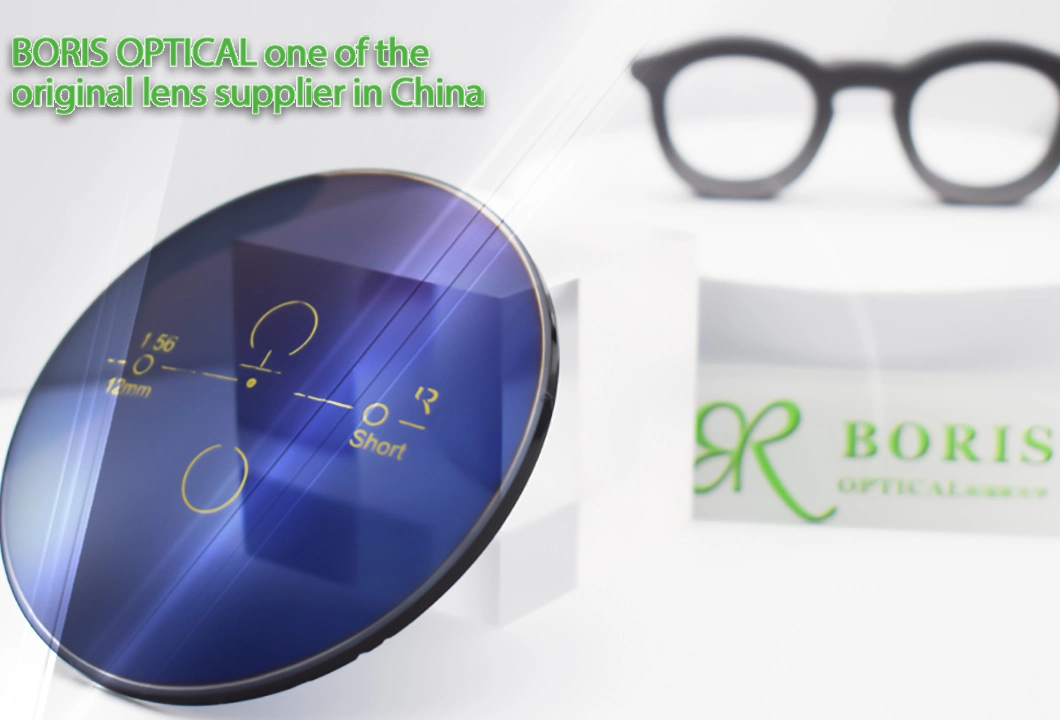
Progressive multifocal lenses are also called progressive lenses, which have multiple focal points on one lens as the name implies. If the lens is divided from the focus, it can be divided into single focus lens, double focus lens, multi focus lens.
The most common type of lens is the single-focus lens, which has only one luminosity; Bifocal lens is bifocal lens, many old people used to solve the problem of seeing far and seeing near at the same time, but because of its own major shortcomings and the popularity of progressive multi-focus, bifocal lens has been basically eliminated; As a milestone in the history of lens development, multi-focus lens will also be the main direction of research and development and market popularization in the future.
Progressive lens can realize the addition of near-use positive lens through the change of the lens center line of sight, so as to solve the problem of using different lens degrees for long distance objects, medium distance objects and close objects, and reduce or compensate the use of adjusting force. It enables the wearer to realize the vision of distant, medium and close continuous images without paying too much adjustment force.
Color changing lens, also known as "photosensitive lens". The glass lens is added with silver halide, but at present the mainstream is resin discoloration lens, in the acrylic resin lens with the addition of Pyrex ring and other chemicals, so that the original transparent and colorless lens, in the event of strong light irradiation, will become colored lens, to do protection, so it is suitable for indoor and outdoor use at the same time.
Progressive lens can realize the addition of near-use positive lens through the change of the lens center line of sight, so as to solve the problem of using different lens degrees for long distance objects, medium distance objects and close objects, and reduce or compensate the use of adjusting force. It enables the wearer to realize the vision of distant, medium and close continuous images without paying too much adjustment force.


What Is Blue Light?
Sunlight contains red, orange, yellow, green and blue light rays and many shades of each of these colors, depending on the energy and wavelength of the individual rays (also called electromagnetic radiation). Combined, this spectrum of colored light rays creates what we call "white light" or sunlight.
Without getting into complicated physics, there is an inverse relationship between the wavelength of light rays and the amount of energy they contain. Light rays that have relatively long wavelengths contain less energy, and those with short wavelengths have more energy.
Rays on the red end of the visible light spectrum have longer wavelengths and, therefore, less energy. Rays on the blue end of the spectrum have shorter wavelengths and more energy.
The electromagnetic rays just beyond the red end of the visible light spectrum are called infrared - they are warming, but invisible. (The "warming lamps" you see keeping food warm at your local eatery emit infrared radiation. But these lamps also emit visible red light so people know they are on! The same is true for other types of heat lamps.)
On the other end of the visible light spectrum, blue light rays with the shortest wavelengths (and highest energy) are sometimes called blue-violet or violet light. This is why the invisible electromagnetic rays just beyond the visible light spectrum are called ultraviolet (UV) radiation.









BORIS OPTICAL is one of the most Potential Finished and Semi-Finished Optical Lenses factory located in Danyang City, China. It was establish in 2012 with covering 20000 spm and 150 employees. The annual production and sales of lenses are 30 million pieces, and the annual sales have exceeded 100 million for five consecutive years.
Our Key & Advantage Products:
Single Vision Lens:1.49;1.56;1.59;1.60;1.67;1.74
Bifocal Lens: 1.49; 1.56
Progressive Lens: CR-39; 1.56; 1.60
Functional Lens: Blue Cut, Photochromic; Photochromic +UV420 Blue cut; Sunglasses; Polarized; Polycarbonate
RX Service: Free Form; Special Coating; Special Power Range
FAQ
| 1. Could you provide samples? |
| Of course, free samples can be sent to you, but please help us pay the freight fee. |
| 2. What Certification do you have for your optical lens? |
| FDA, CE, ISO9001 certification is available. |
| 3. What is the MOQ of optical lens? |
| We dont have Min Order quantity requirement. But if the quantity order is too small, we have to charge extra delivery fee. |
| 4. Could you provide OEM service? |
| Sure, just send us your requirements. |









